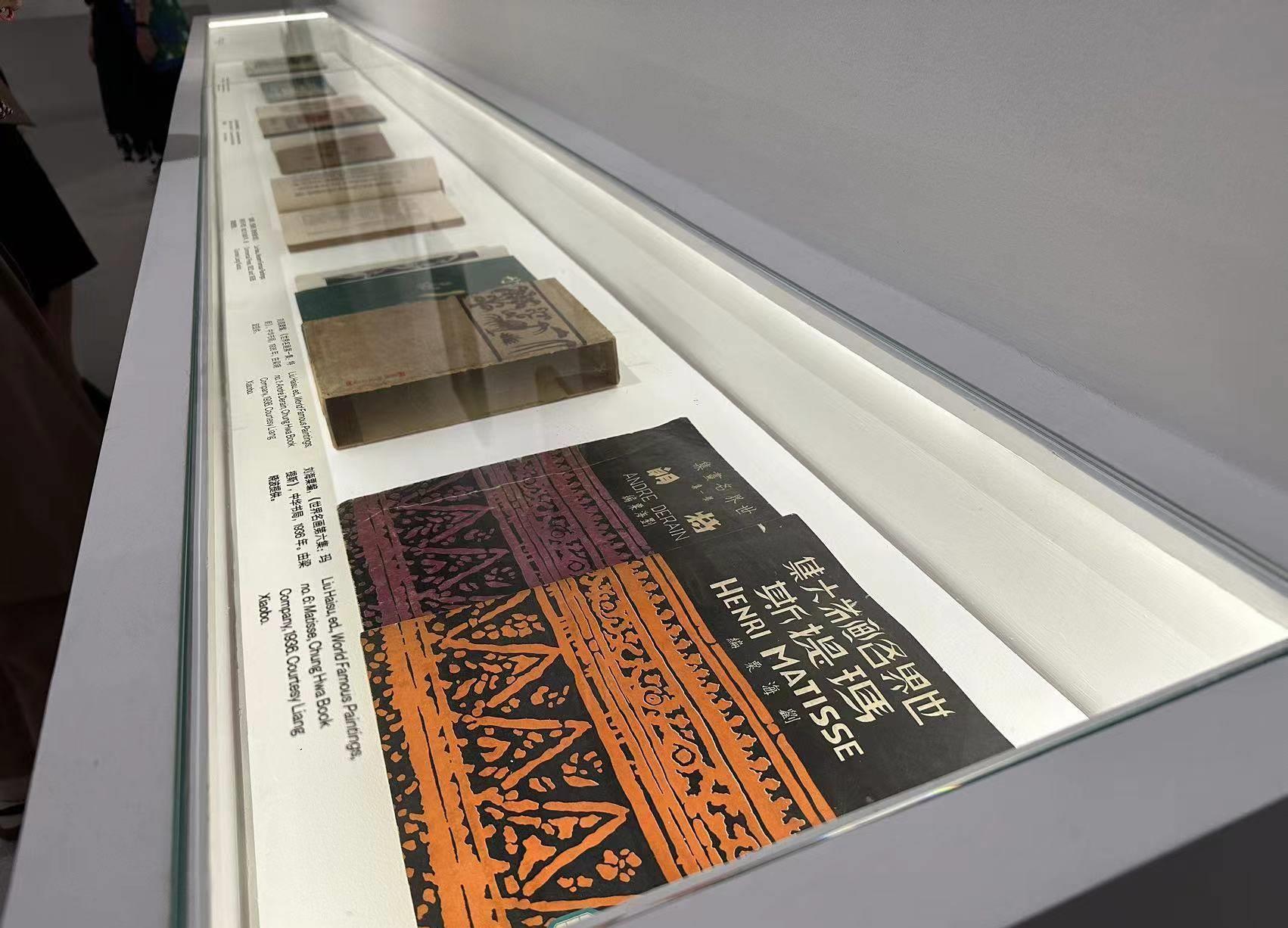Title: The Cultural Significance and Contemporary Attitudes towards Male Crossdressing
Male crossdressing, also known as transvestism, has been a controversial topic in various cultures and societies throughout history. While some view it as a form of expression or rebellion against traditional gender norms, others see it as a form of deviance that violates social expectations. In contemporary times, male crossdressing continues to elicit strong reactions from both the public and the media. Some people embrace it as a means of exploring their sexuality or challenging societal expectations, while others condemn it as inappropriate or immoral. Despite this diversity of opinion, many individuals continue to engage in male crossdressing for a variety of personal reasons, including pleasure, identity exploration, or simply the thrill of wearing different clothing. As society becomes more accepting of diverse lifestyles and sexual preferences, it is likely that attitudes towards male crossdressing will continue to evolve and shift over time. However, one thing remains clear: male crossdressing remains a powerful and meaningful cultural symbol that continues to captivate the imaginations of people around the world.
Cross-dressing, or the practice of wearing clothing typically associated with the opposite gender, has a long and varied history. While traditionally viewed as taboo, in recent years there has been a growing acceptance and even celebration of male crossdressers, known as "men who dress like women". This phenomenon is not only seen in popular culture but also in various subcultures such as the LGBTQ+ community. This essay explores the cultural significance of male crossdressing and its contemporary attitudes.
The origins of crossdressing can be traced back to ancient times when men would wear clothing traditionally associated with females for entertainment or religious rituals. In many cultures, this was considered a form of disguise or anonymity. However, over time, crossdressing became more widely accepted as a form of expression and artistic medium. In the 20th century, it gained prominence as a part of the fashion industry, especially among drag performers and celebrities.
As society has evolved, so too have our attitudes towards crossdressing. In the past, it was often seen as a deviant or even dangerous behavior. However, today's attitudes towards male crossdressing are more diverse and inclusive. Some people view it as a legitimate form of self-expression, while others see it as a harmless hobby or way to challenge societal expectations.
One reason for the changing attitudes may be the increasing visibility of male crossdressers in popular media. Shows like "Gay City" and "Ted Lasso" have showcased male crossdressers in a positive and respectful light, helping to break down stereotypes and promote understanding. Social media platforms such as Instagram and TikTok have also given rise to a new generation of male crossdressers who share their experiences and inspire others through their stories.

In addition to social changes, there has also been a scientific basis for understanding why some men choose to crossdress. Research has shown that there is a significant correlation between gender nonconformity and high levels of creativity and innovation. Crossdressing can provide an outlet for these qualities and allow individuals to explore different aspects of themselves that they might not feel comfortable expressing in traditional gender roles.
Despite these developments, there are still those who view male crossdressing as problematic. Some argue that it reinforces harmful gender stereotypes and promotes an unhealthy obsession with femininity. Others worry about the potential risks associated with engaging in this activity, such as discrimination or violence. However, these concerns are largely based on outdated assumptions about gender identity and should not be used to stifle individual expression or creativity.
It is important to recognize that male crossdressing is a complex and multifaceted issue that cannot be reduced to simple stereotypes or opinions. Rather than focusing on what is considered "correct" or "normal", we should embrace diversity and encourage open dialogue about all forms of self-expression. By doing so, we can create a more inclusive and accepting society where everyone feels free to be their authentic selves.
In conclusion, male crossdressing is an enduring aspect of human culture that reflects our fascination with gender fluidity and self-expression. While attitudes towards it have evolved over time, there remains room for continued growth and understanding. By celebrating diversity and promoting inclusivity, we can create a world where all individuals feel empowered to express themselves freely without fear of judgment or discrimination.
Articles related to the knowledge points of this article:
Title: The Art of Pairing a Shirt with a Tie
Title: Mastering the Art of Tying a Tie: A Comprehensive Guide
Long-term wear of down jackets: a fashion trend or a necessity?
Title: The Art of Tying a Tie: Why We Should all Learn How to Tie a Bow Tie



